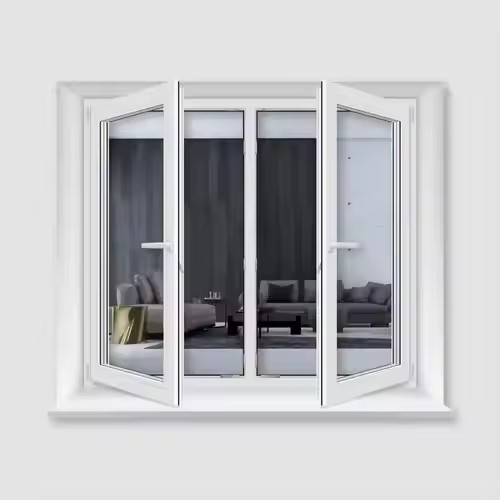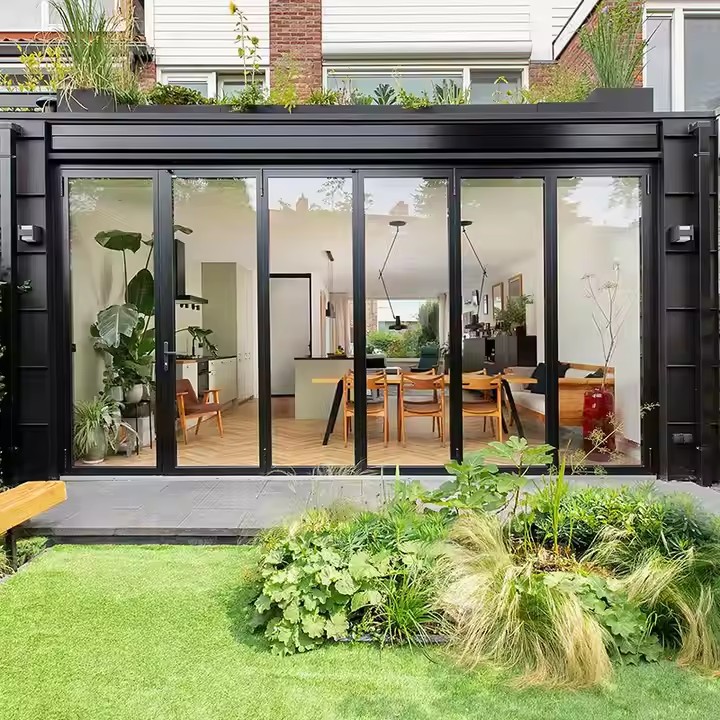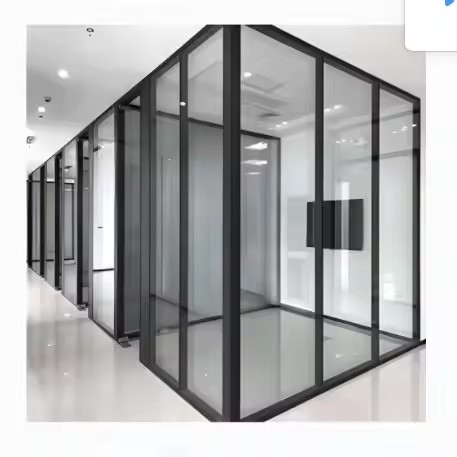China is highly professional and influential in the door and window manufacturing industry. In addition to its strong production capabilities, today’s consumers are increasingly focused on environmental protection. Therefore, manufacturers must also adopt an environmentally conscious approach, selecting sustainable materials and tailoring choices to match consumer preferences.
- Understand the Core Standards of Eco-Friendly Doors and Windows: Control Starts at the Material Source
The environmental performance of doors and windows depends primarily on three core materials: the frame, the glass, and the hardware accessories. To choose truly eco-friendly doors and windows, one must understand the key environmental characteristics of these materials. The goal is to prioritize eco-conscious design and use lightweight materials to make installation and renovation easier.
(1) Frame Materials: Avoid “Invisible Pollution”
The frame is the structural “skeleton” of a door or window. Common materials include aluminum alloy, thermally broken aluminum, uPVC (plastic-steel), and wood. Each material varies significantly in environmental impact. Key considerations include:
Aluminum Alloy and Thermally Broken Aluminum: Lightweight and Environmentally Friendly
Aluminum Alloy: Pure aluminum alloy is recyclable and environmentally friendly. However, be cautious of surface treatments—low-cost options may use coatings with heavy metals that release harmful substances over time. Look for products using electrostatic powder coating or fluorocarbon spraying, which have low VOC emissions and strong, fade-resistant finishes.
Thermally Broken Aluminum: This improves insulation by inserting a thermal barrier into the aluminum frame. The eco-friendliness of this material depends on the insulation strip—avoid recycled plastic strips that emit odors under heat. Instead, choose PA66 nylon strips, which are heat-resistant, durable, and non-toxic in production.

uPVC (Plastic-Steel): Beware of Recycled Material Risks
The core material, PVC resin, is non-toxic, but additives like plasticizers and stabilizers can vary.
Virgin PVC: Made with new resin and eco-friendly additives. Strictly controls VOC emissions and produces no odor.
Recycled Material: May contain harmful substances like heavy metals or phthalates, emitting odors and pollutants, especially in heat.
How to Identify: Virgin PVC has a smooth, uniformly colored cross-section, while recycled PVC may have visible impurities or gray tones. Ask for environmental testing reports, focusing on heavy metals and VOC emissions compliance.
Wood: Natural Material with a Risk of Over-Processing
Solid wood windows are naturally eco-friendly with excellent insulation and aesthetics. However, be mindful of:
Wood Source: Choose FSC-certified wood, ensuring sustainable forest management and avoiding endangered species.
Paint Process: Traditional solvent-based paints contain toxic substances. Opt for water-based paint (VOC < 100g/L) or natural wood wax oil, which has no pungent odor and allows safe occupancy during construction.

(2) Glass: Meeting Safety and Environmental Standards
The eco-friendliness of glass lies in both its energy-saving capability and material safety.
Energy-Efficient Glass: Invisible Green Power
Standard single-pane glass has poor insulation, raising energy use in summer and winter. Consider:
Insulated Glass: Two or more panes with vacuum or argon gas in between, reducing heat transfer and energy use by 30–50%. Choose products with high-quality sealants—avoid low-grade silicone that may contain formaldehyde. Prefer butyl + silicone double-sealing.
Low-E Glass: Coated with a low-emissivity film that reflects UV and infrared rays, keeping heat out in summer and in during winter. Ensure the coating process is environmentally safe.
Safety Glass: Preventing Breakage Pollution
High-rise buildings must use tempered or laminated glass for safety. Be aware of:
Tempered Glass: Poor manufacturing can cause spontaneous breakage. Choose 3C-certified products for proper internal stress control and minimal toxic emissions.
Laminated Glass: Consists of two glass layers with a PVB film in between that holds shards if broken. Ensure the PVB is food-grade to avoid formaldehyde emissions.
(3) Hardware Accessories: Small Parts, Big Impact
Though they represent a small portion of the cost, hardware components can be a major pollution source if poorly made.

Material: Prioritize 304 stainless steel or zinc-coated aluminum alloy. Avoid easily rusted iron components.
Surface Treatment: Avoid electroplating, which involves toxic substances like cyanide and leaves harmful residues. Prefer electrostatic spraying or electrophoresis processes, which are smooth, corrosion-resistant, and environmentally friendly.

